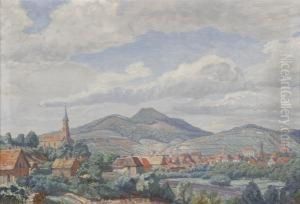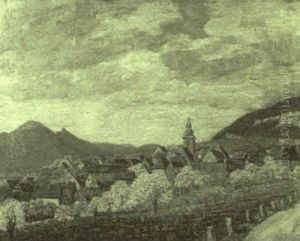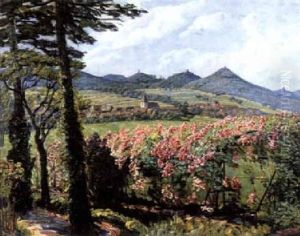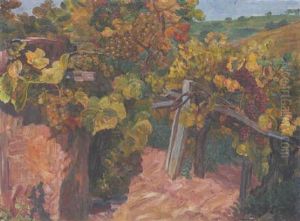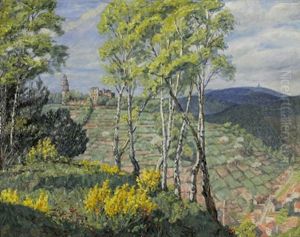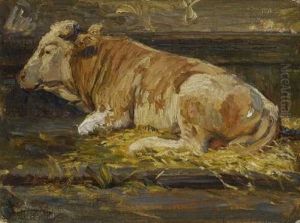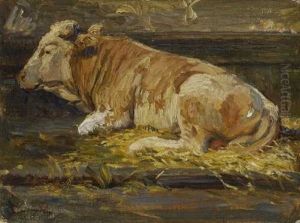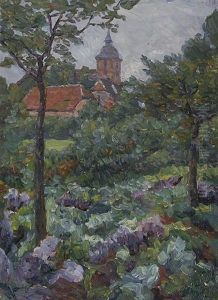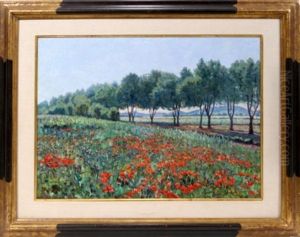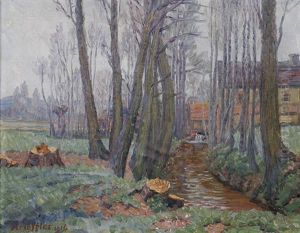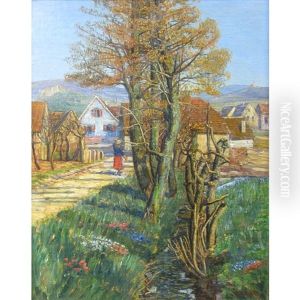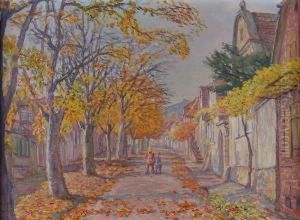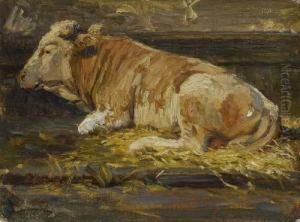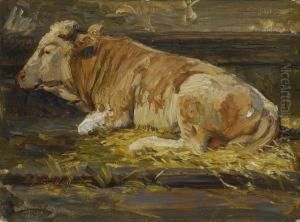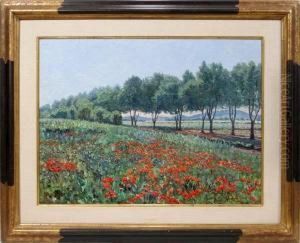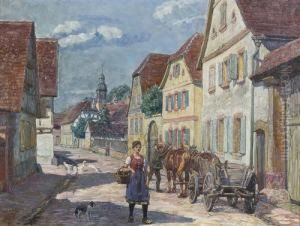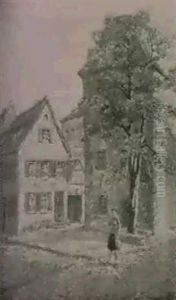Heinrich Strieffler Paintings
Heinrich Strieffler was a German painter and graphic artist born on May 25, 1866, in Neuwied, Germany. He was particularly known for his portrayal of rural and urban life in the Rhineland region. Strieffler's artistic journey began at the Düsseldorf Art Academy, where he studied under notable painters such as Hugo Crola and Eduard von Gebhardt. His style was influenced by Impressionism, though he never fully adopted the movement's techniques or ethos.
Throughout his career, Strieffler focused on capturing the essence of the local people and their customs. His works often depicted the simple, everyday life of peasants, laborers, and townsfolk, imbuing them with a sense of dignity and timelessness. He had a particular interest in the traditional costumes and festivals of the Rhineland, which he documented through his art with meticulous detail and vibrant color.
During the early 20th century, Strieffler's reputation grew, and his work was exhibited in various shows, including those at the Great Berlin Art Exhibition. However, his art did not gain widespread recognition outside of Germany. In addition to painting, he was also skilled in etching and lithography, through which he created illustrations for books and magazines.
The outbreak of World War I had a profound impact on Strieffler, who served as a war painter. This experience introduced a darker palette and more somber subjects to his work, reflecting the hardships and tragedies of the conflict. After the war, he continued to paint, but the vibrant optimism that characterized his pre-war paintings was often overshadowed by a sense of melancholy.
Strieffler remained active in the art community throughout his life, passing on his knowledge to younger generations. He died on December 31, 1942, in Neuwied. Although not as well known as some of his contemporaries, Heinrich Strieffler left behind a body of work that continues to provide insight into the cultural landscape of the Rhineland region during a period of significant change and upheaval.
